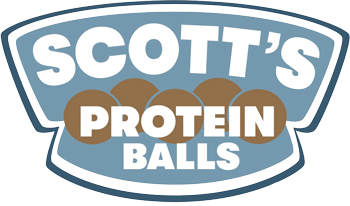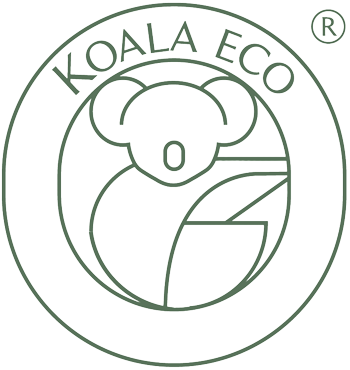As OSHA Emphasizes Safety, Long-Term Health Risks Fester
OSHA devotes most of its budget and attention to responding to here-and-now dangers rather than preventing the silent, slow killers that, in the end, take far more lives. Over the past four decades, the agency has written new standards with exposure limits for 16 of the most deadly workplace hazards, including lead, asbestos and arsenic. But for the tens of thousands of other dangerous substances American workers handle each day, employers are largely left to decide what exposure level is safe.
TAYLORSVILLE, N.C. — Sheri Farley walks with a limp. The only job she could hold would be one where she does not have to stand or sit longer than 20 minutes, otherwise pain screams down her spine and up her legs.
“Damaged goods,” Ms. Farley describes herself, recalling how she recently overheard a child whispering to her mother about whether the “crippled lady” was a meth addict.
For about five years, Ms. Farley, 45, stood alongside about a dozen other workers, spray gun in hand, gluing together foam cushions for chairs and couches sold under brand names like Broyhill, Ralph Lauren and Thomasville. Fumes from the glue formed a yellowish fog inside the plant, and Ms. Farley’s doctors say that breathing them in eventually ate away at her nerve endings, resulting in what she and her co-workers call “dead foot.”
A chemical she handled — known as n-propyl bromide, or nPB — is also used by tens of thousands of workers in auto body shops, dry cleaners and high-tech electronics manufacturing plants across the nation. Medical researchers, government officials and even chemical companies that once manufactured nPB have warned for over a decade that it causes neurological damage and infertility when inhaled at low levels over long periods, but its use has grown 15-fold in the past six years.
Such hazards demonstrate the difficulty, despite decades of effort, of ensuring that Americans can breathe clean air on the job. Even as worker after worker fell ill, records from the Occupational Safety and Health Administration show that managers at Royale Comfort Seating, where Ms. Farley was employed, repeatedly exposed gluers to nPB levels that exceeded levels federal officials considered safe, failed to provide respirators and turned off fans meant to vent fumes.
But the story of the rise of nPB and the decline of Ms. Farley’s health is much more than the tale of one company, or another chapter in the national debate over the need for more, or fewer, government regulations. Instead, it is a parable about the law of unintended consequences.







